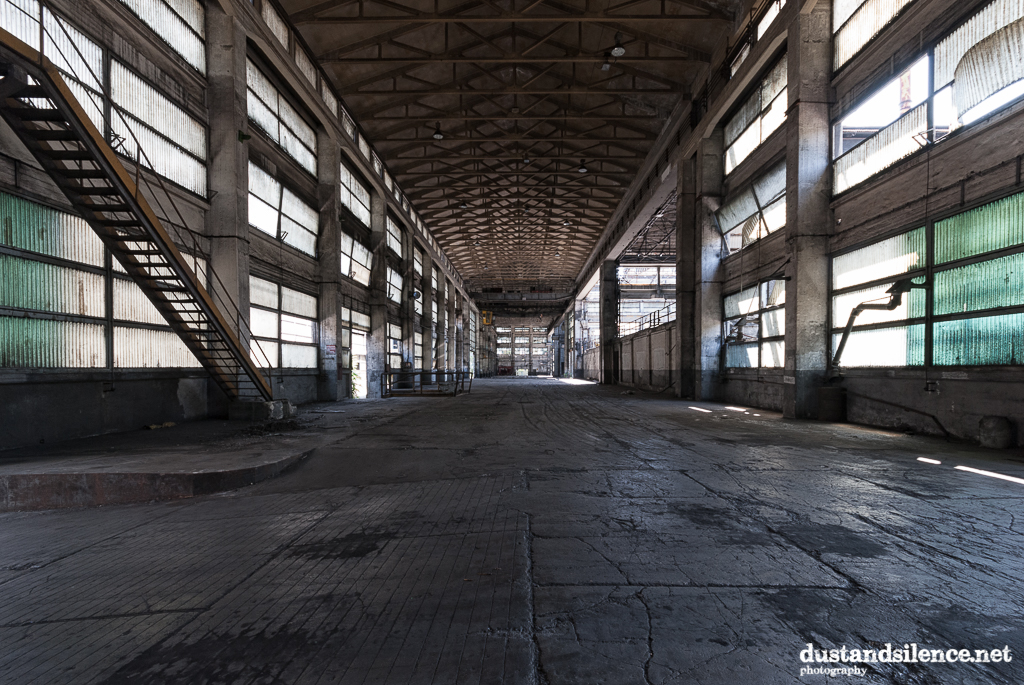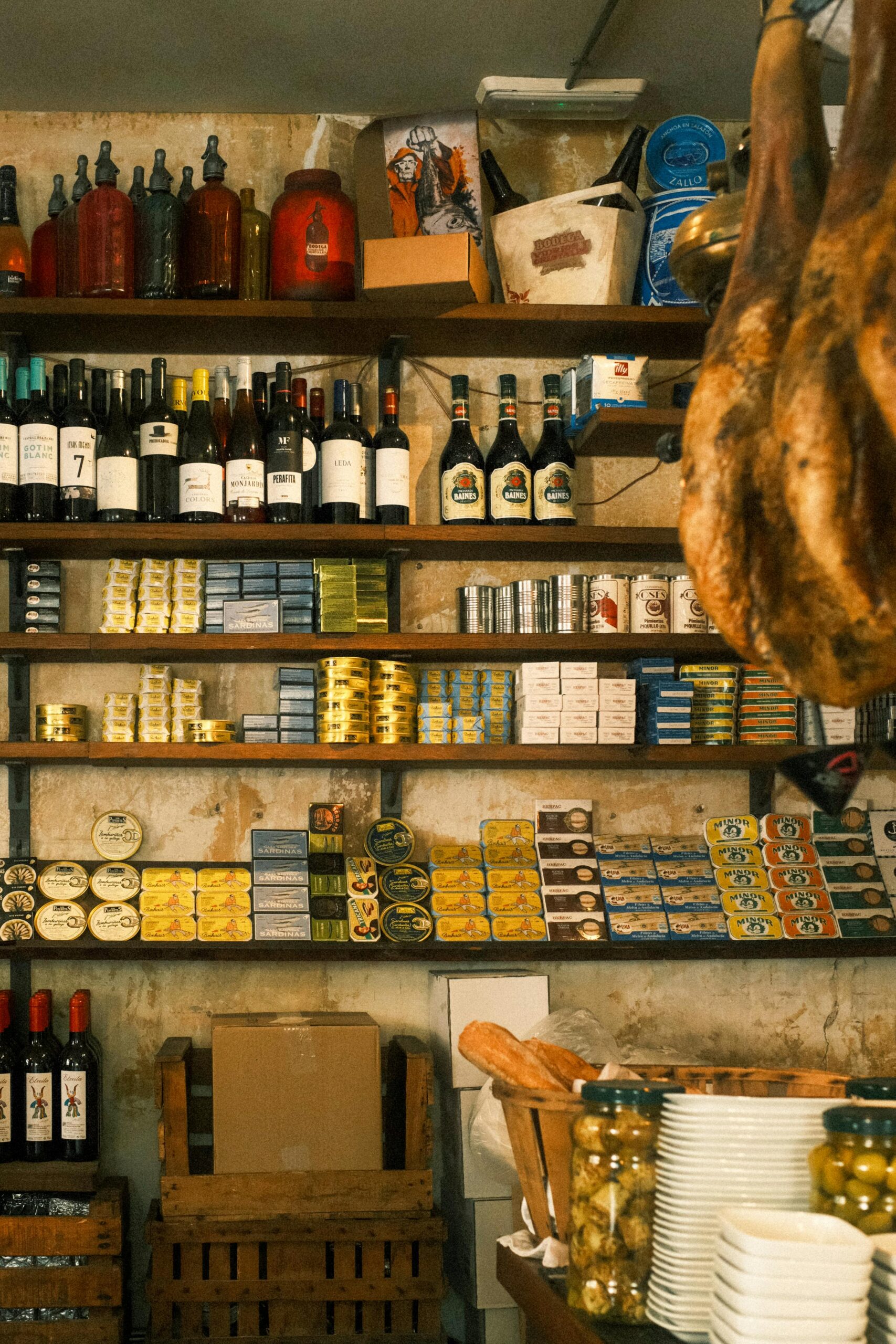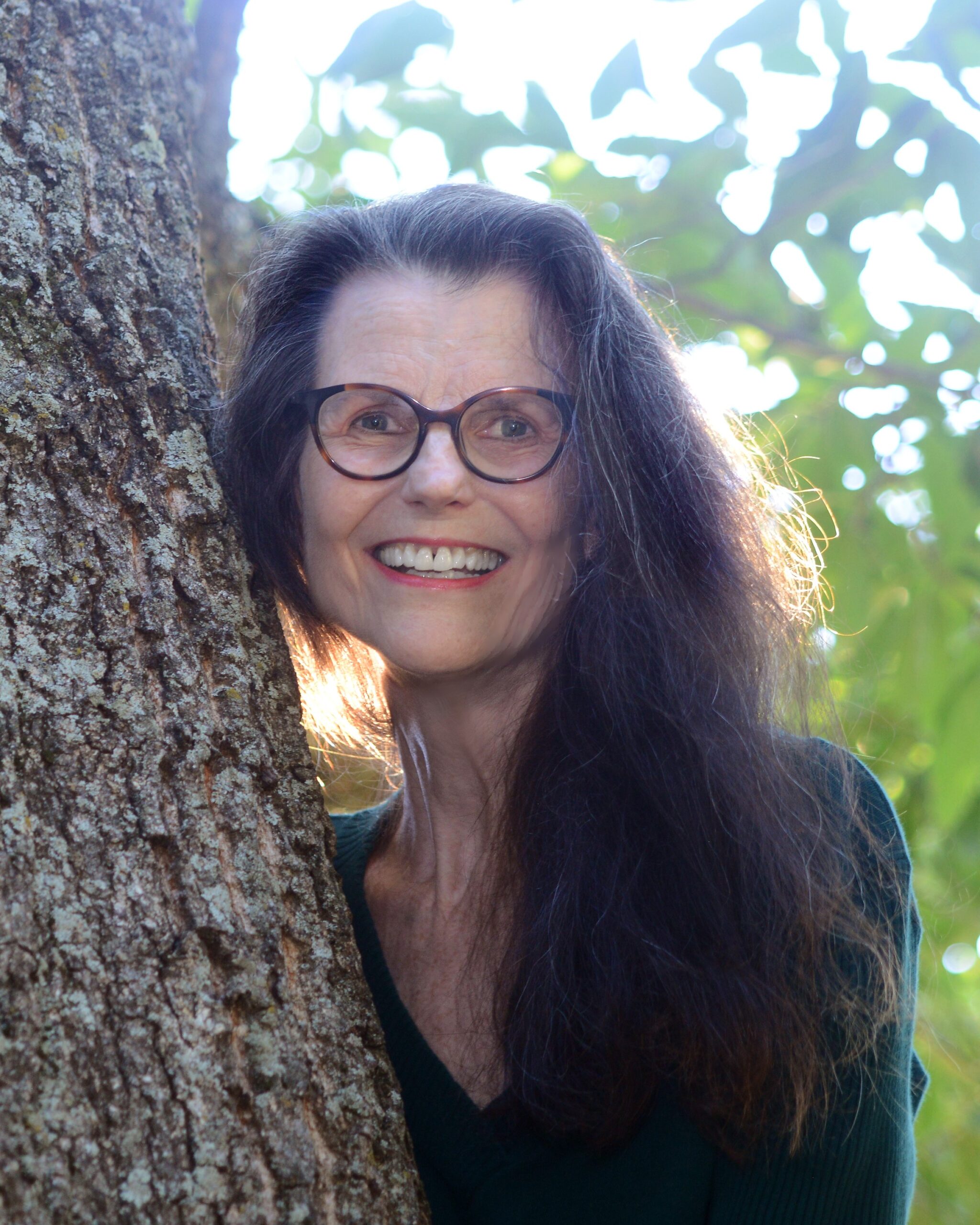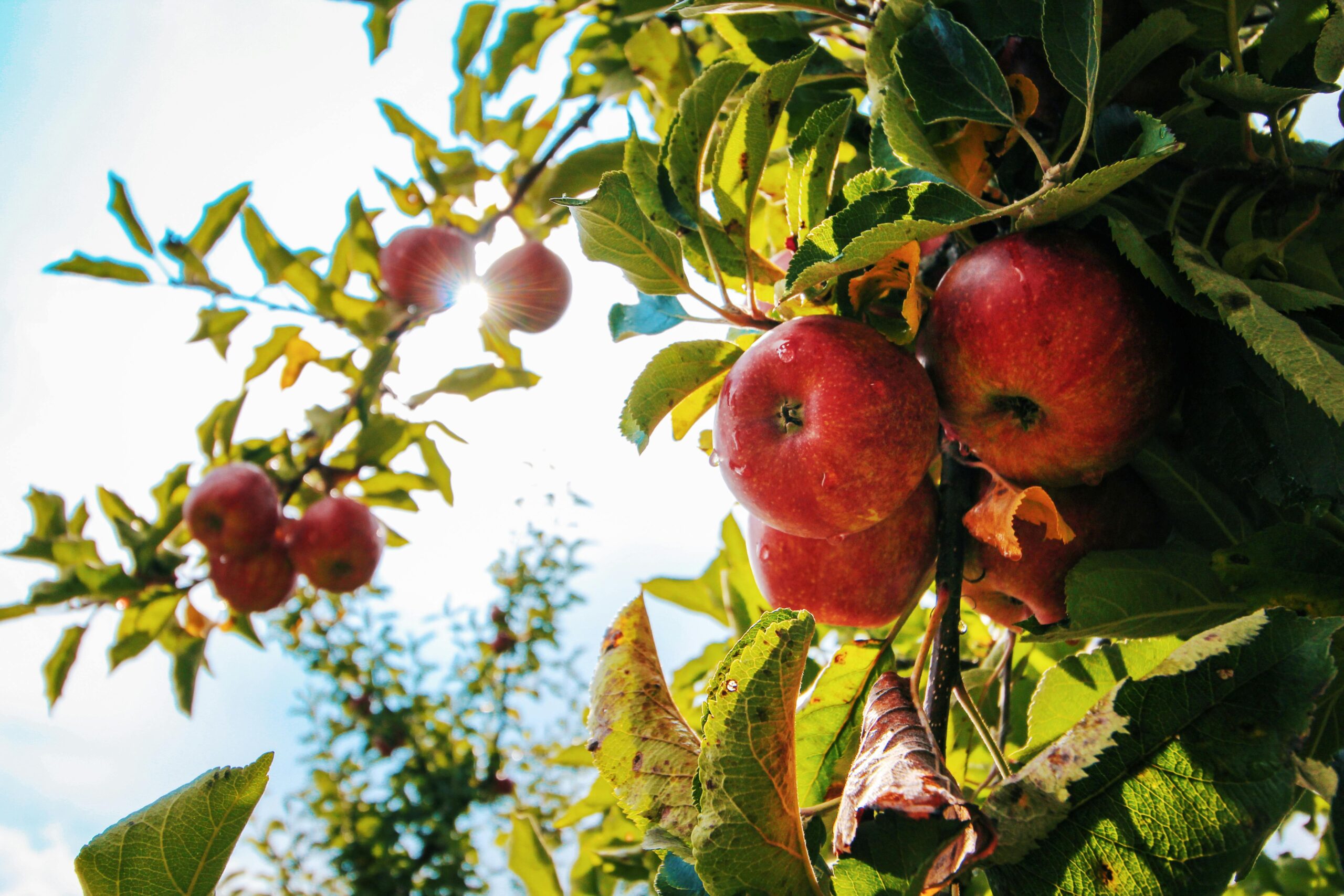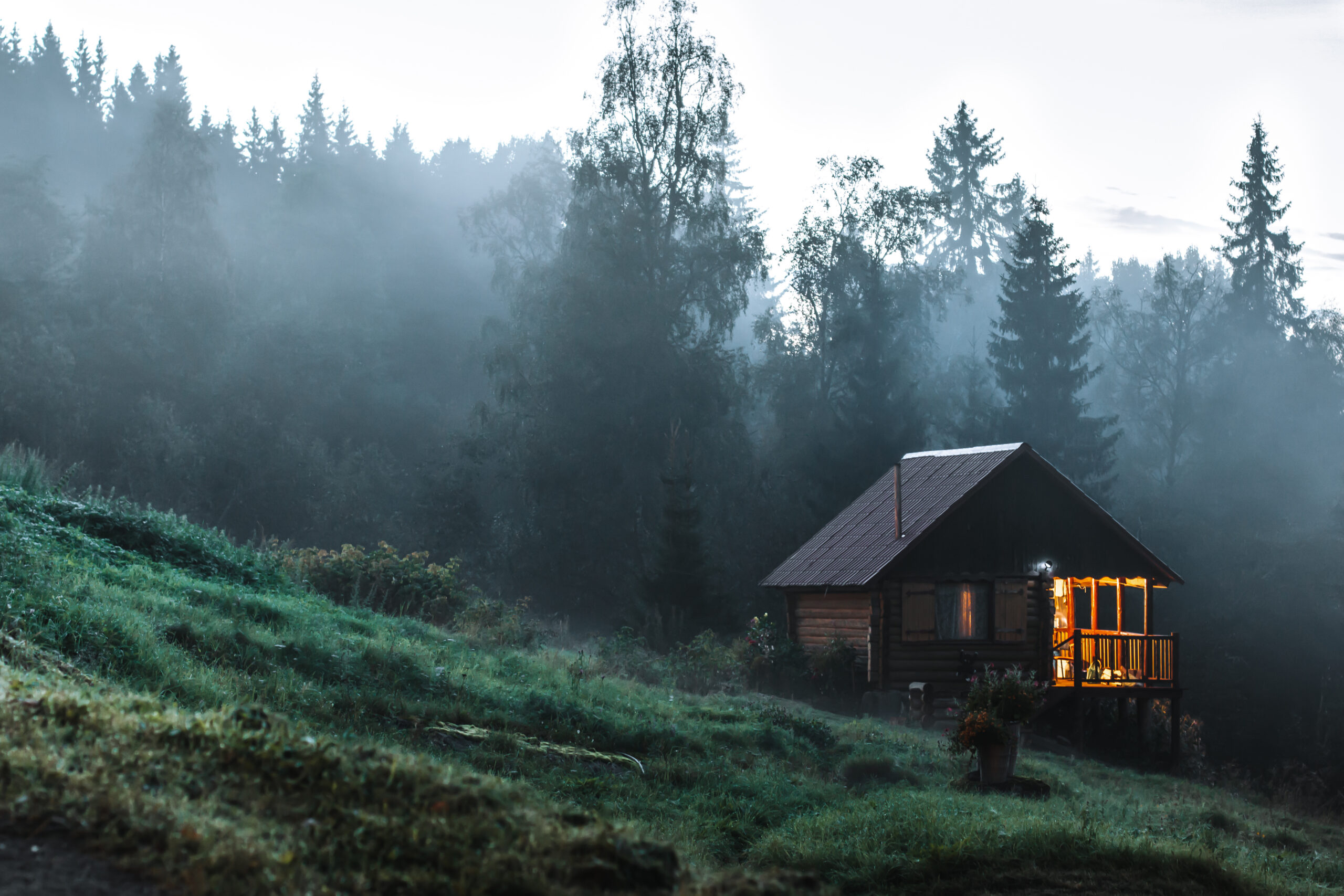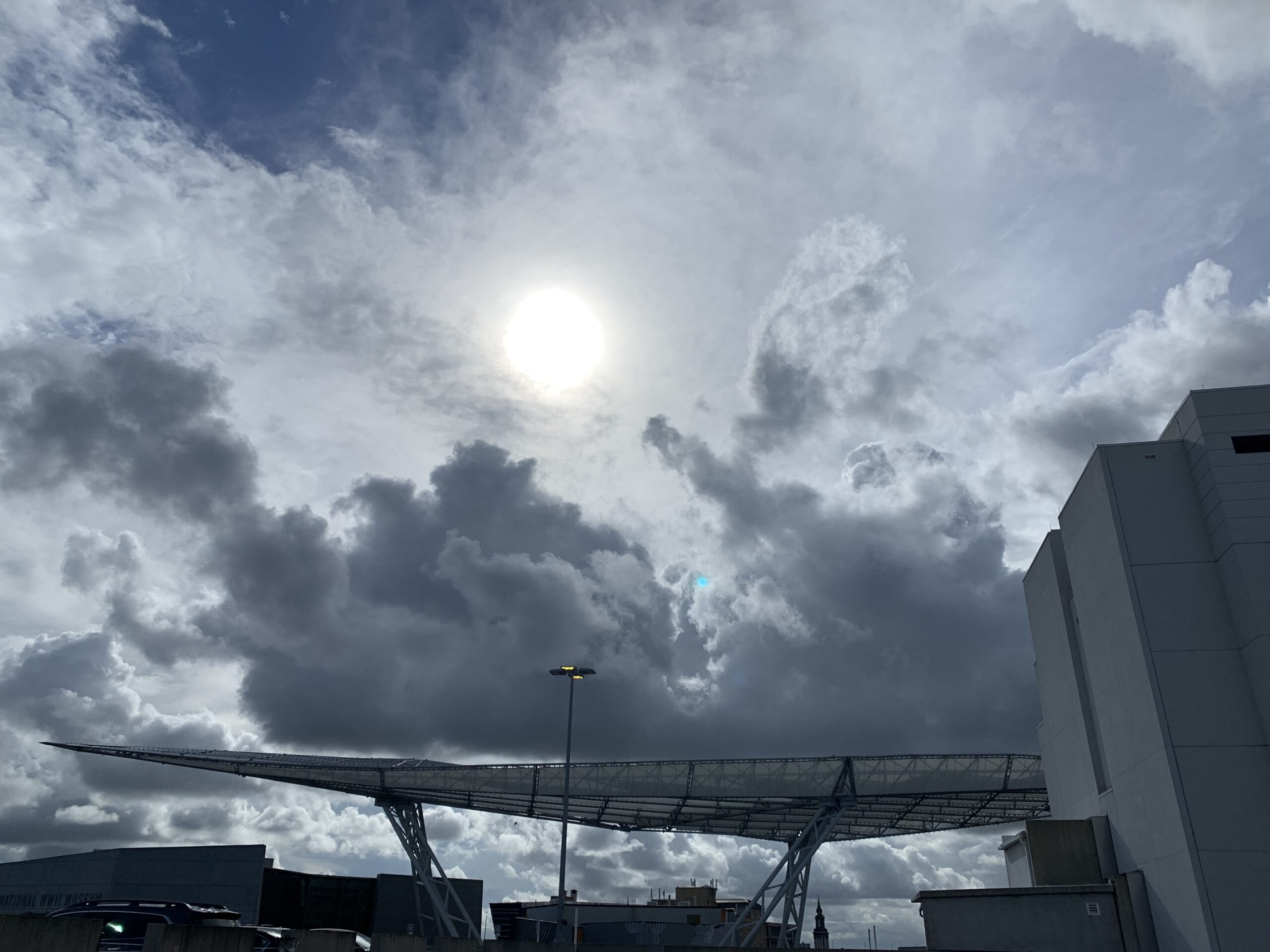By IRENE PUJADAS
Translated by JULIA SANCHES
Spurred by the idea that you are interdependent and would do well to lean on others (on the opinions, advice, and experiences of others), you’re roped into taking part in a general meeting to decide your future.
Some of your friends bring folders filled with graphs and statistics. One in particular comes bearing the works of authors, philosophers, historians, and psychoanalysts. Relevant passages are marked with Post-it notes.
Your family and friends only want what’s best for you, or rather, they want you to do something.
